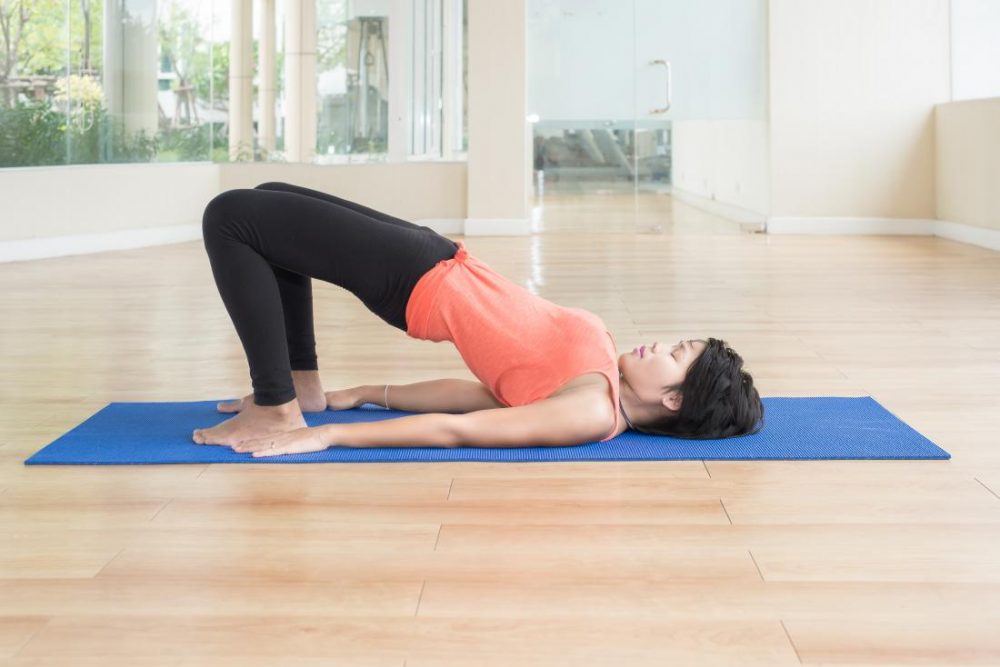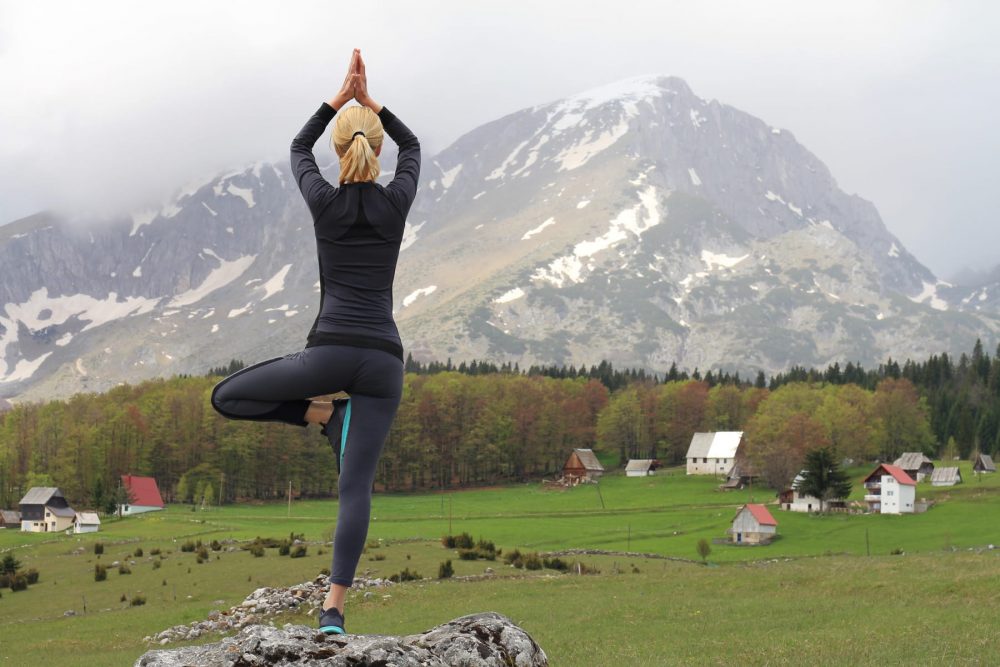November is Bladder Health Awareness Month sponsored by the Urology Care Foundation and the American Urological Association to educate the public about important bladder health issues. Exercises for optimum bladder health can serve you well.
Exercises to Build Bladder Strength & Flexibility.

- Target endurance with aerobic exercises. Perform milder, low-impact exercises, such as walking, swimming and bicycling, for 30 minutes per day (2 hours and 30 minutes per week) to help lessen bladder pressure by lifting your chest, lengthening your backbone and toning your core.
- Try using the bathroom before you start exercising to steer clear of any mishaps and take a break halfway through your routine to stay up on your water intake.
- Pelvic floor muscle exercises or Kegel exercises are recommended to build bladder strength. Begin with stopping your urination flow mid-stream, to identify your pelvic floor muscles. That’s the most difficult part of the exercise. Build up to your routine by stopping outflow while urination. Once you have mastered then try performing with an empty bladder, your first goal should be to tighten your pelvic floor muscles for 5 seconds. Then relax them for 5 seconds. Try to do 5 reps on your first day. As you gain confidence from your new routine, aim for 10 seconds at a time, relaxing for 10 seconds between contractions. Aim for at least 3 sets of 10 repetitions per day.
Muscle stretching exercises are recommended on two or more days per week for many people. Most people forget about this part of an exercise regime. Although studies are not conclusive on the benefits, it is thought to help prevent injury and improve joint mobility.
Deep Stretching Exercises for Bladder Health
Supine Pelvic Floor Stretch, this stretch is a great hip and pelvic floor lengthener. To perform: Start by pulling both knees toward your chest. Now, take your knees out to the side to add in an inner groin stretch. As you’re breathing, focus on letting go of your pelvic floor and buttock muscles. Take 5-10 deep breaths in this posture.
Another one is Supported Groin & Pelvic Floor Stretch with Slight Back Bend. To perform, start by sitting with your back facing the bolster. Slowly lower yourself down to rest your back on top of the bolster. Bring your feet together so the soles of your feet touch, allowing your knees to open out to the side. If this posture is not comfortable for your back, feel free to try the same pose but without the bolster. If you feel like your legs are straining and inner thighs are too tight, use pillows for support underneath your knees. This posture should feel comfortable. This stretch opens the pelvic floor and deepens the awareness of the belly breathing. Take 15-20 deep breaths here.

- Building body balance is essential for optimum bladder health. Try balancing while sitting on exercise ball. Also, Vrikshasana or Tree Pose exercise is beneficial for the spine, bladder health and balances the body.
Note: Steer away from exercises like lifting heavy weights and doing jumping jacks that may put pressure on your bladder and raise your chance of leakage if you have issue with bladder control.
Disclaimer
The Content is not intended to be a substitute for professional medical advice, diagnosis, or treatment. Always seek the advice of your physician or other qualified health provider with any questions you may have regarding a medical condition.